Glass reactor, efficient material mixing equipment | ZZKD
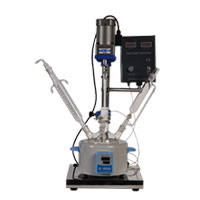
F-2L Single layer glass reactor |
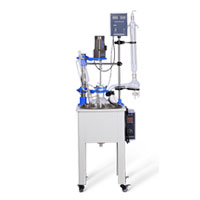
F-50L Single layer glass reactor |
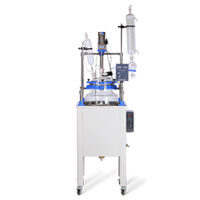
F-100L Single layer glass reactor |
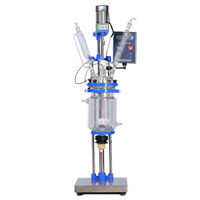
S-3L Jacketed glass reactor |
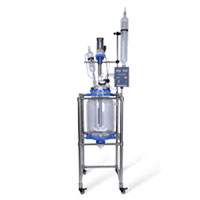
S-50L Jacketed glass reactor |
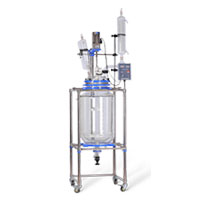
S-100L Jacketed glass reactor |
What is a glass reactor?
Glass reactors vessel are a general term for containers that are widely used in the process industry. Used in various process operations such as solids dissolution, product mixing, chemical reactions, batch distillation, crystallization, extraction and polymerization. Used in pharmaceutical, petrochemical, food, fine chemical synthesis, agrochemical, paint and dye industries.
What is the working principle?
The working principle of the glass reactor is: through the high temperature circulating oil bath or the water bath, the heat transfer medium is transferred to the material in the kettle through the interlayer of the kettle body for constant temperature heating. We can place the reaction mass (a little called the reaction solvent) in a glass reactor vessel and stir the reaction under normal pressure or under negative pressure. Thus, the material in the glass reactor vessel is subjected to a cyclic reaction by stirring to effect heating or cooling. It is widely used as an ideal equipment in modern biochemical new material synthesis experiments.Detail Images
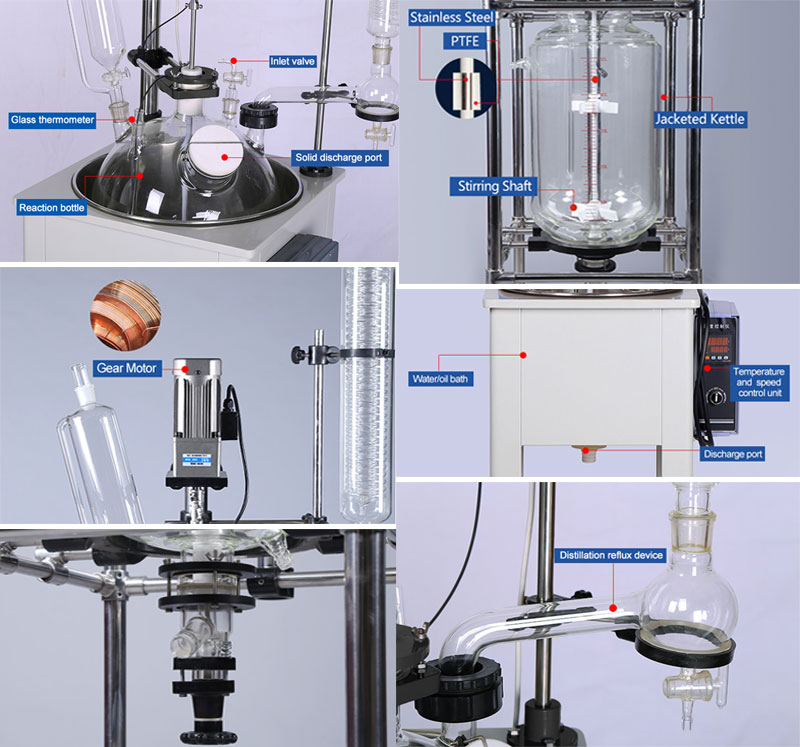
Characteristics of glass reactor vessels
1. All PTFE material values, no pleural effusion, no leakage, corrosion resistance.
2. Frequency control, AC induction motor, digital display, constant speed, no brush, no spark, safe, stable, continuous work.
3. GG17 borosilicate glass has good chemical and physical properties, large bottle mouth, manual cleaning.
4. Mechanical seals use proprietary technology to maintain optimum vacuum (0.098 Mpa) in similar products on the market.
5. The whole body adopts stainless steel frame structure, which is compact and sturdy, stable and reliable, and does not shake when stirring.
6. With brake casters, the movement is convenient and reliable.
7. There is no dead angle glass discharge valve, solid/liquid material can be easily released from the bottom.
8. It can be used as a distillation synthesis unit.
9. Liquid crystal display makes it easier and more convenient to measure temperature.
Jacketed Glass Reactor Specification
| Model | S-3L Jacketed Glass Reactor | S-50L Jacketed Glass Reactor | S-100L Jacketed Glass Reactor |
|---|---|---|---|
| Stirring Power(W) | 60 | 120 | 180 |
| Stirring Speed(rpm) | 0~600(max.1300) | 0~600(max.1300) | 0~600(max.1300) |
| Stirring Shaft Diameter(mm) | 12 | 12 | 15 |
| Reaction Flask Capacity(L) | 3 | 50 | 100 |
| Voltage(V/Hz) | 220 50/60 | 220 50/60 | 220 50/60 |
| Motor Torque(g/cm) | 2400 | 1500 | 3000 |
| Note | Floor Type | 304 All Stainless Steel Frame | 304 All Stainless Steel Frame |
Slngle Layer Glass Reactor
| Model | F-2L Single Layer Glass Reactor | F-50L Single Layer Glass Reactor | F-100L Single Layer Glass Reactor |
|---|---|---|---|
| Voltage(V/Hz) | 220 50/60 | 220 50/60 | 380 50/60 |
| Stirring Power(W) | 60 | 120 | 180 |
| Stirring Speed(rpm) | 0-1000 | 60-600 | 60-600 |
| Capacity(L) | 2 | 50 | 100 |
| Heating Power(kW) | 0.8 | 6 | 9 |
| Heating Mantle Power(kW) | 0.65 | 5 | ...... |
| Temperature Using Range(℃) | RT-250|RT-350 | RT-250|RT-350 | RT-250|RT-350 |
| Motor Torque(g/cm) | 2400 | 1500 | 3000 |